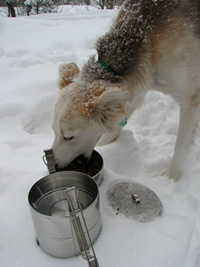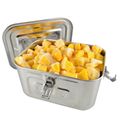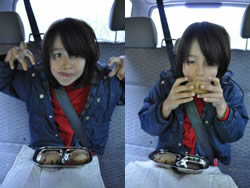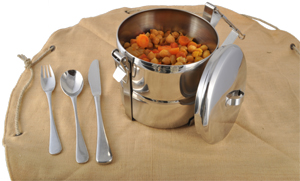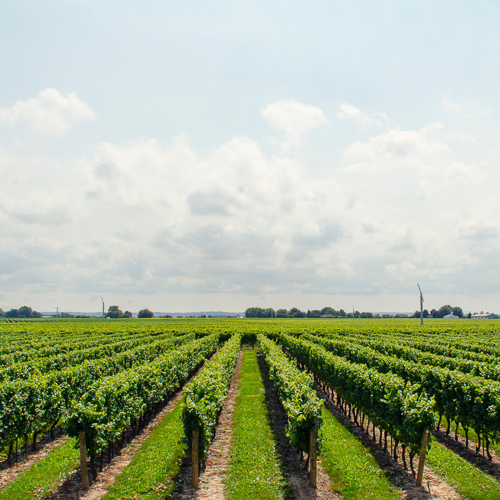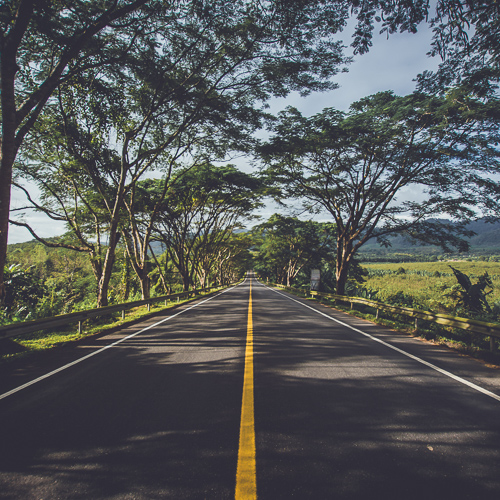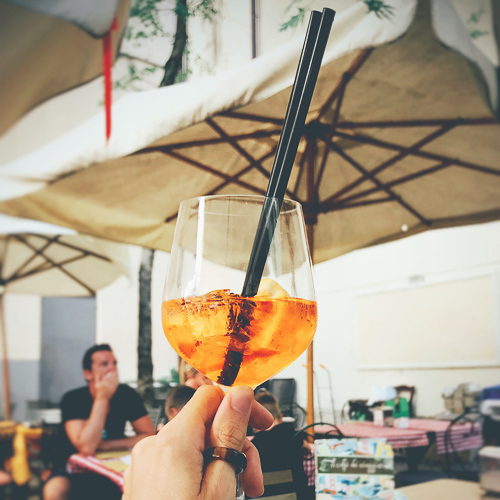About two years ago, one of our employees who always brought her dog to work had a great idea. She decided to start bringing her dog’s food in one of our 2-tier 14 cm (5.5″) tiffins. In one of the compartments, she would put some ‘yummy’ dog food and would keep the other empty so she could fill it up with water when she came to work. It worked great! Animals are just as likely as humans to be contaminated by toxins leaching from plastic. So stainless steel is a great alternative to plastic, especially because animals won’t be able to chew on it, and because it can be completely sterilized in the dishwasher, which is not the case with plastic.
We offer one, two and three layers tiffins. With the 3-tier tiffin (as shown on the photo) you could have a layer with food, another one with biscuits and the last one would be reserved for water. These tiffins are made in Thailand of high quality 18-8 stainless steel. You can see them all here.

